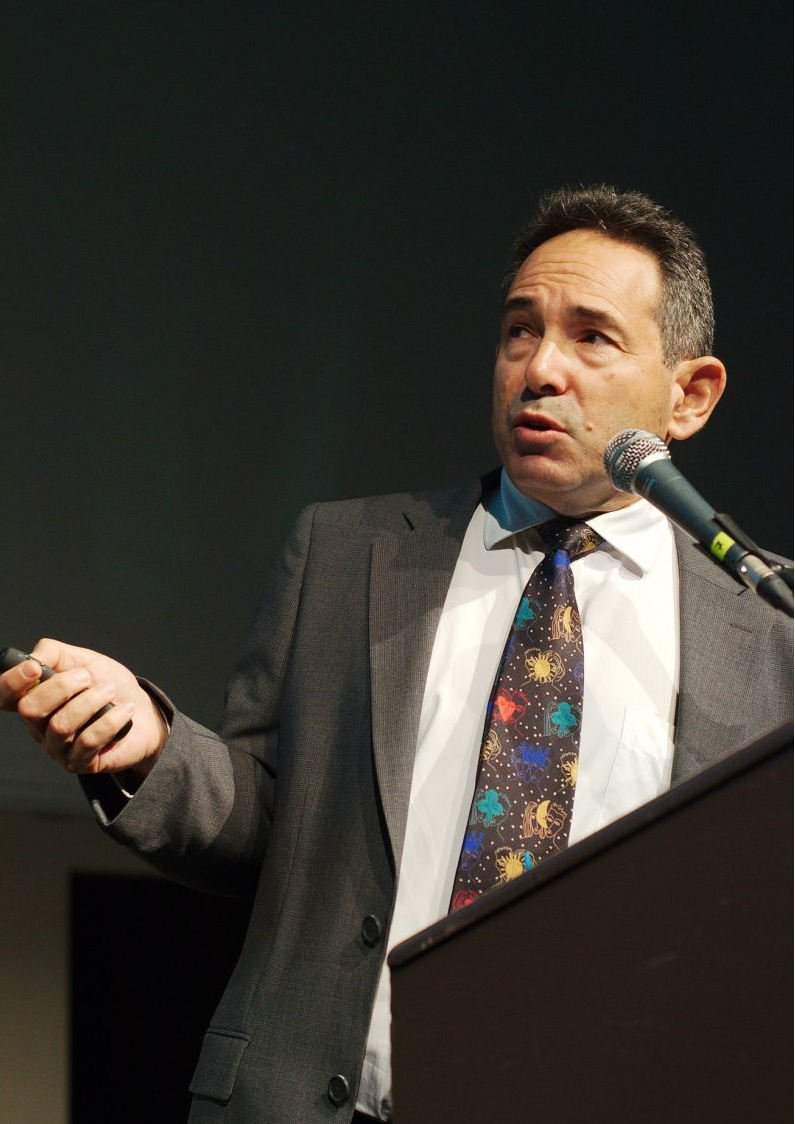
Gil M. Bufman, Bank Leumi’s Chief Economist since 2001, holds a PhD from Tel-Aviv University, is the author of numerous academic publications and has previously held positions at the Bank of Israel and the Ministry of Finance.
- Israel has enjoyed strong growth since the mid-2000s. What have been the key drivers behind this success?
Israel’s growth has been driven by the rapid expansion of the services sector, mainly high-tech services. High tech services include activities such as software, cyber security, fintech, research and development and other activities. This part of the economy has been growing at double-digit rates and is expected to continue to grow rapidly in the future as well. In addition, the expansion of construction, both residential and non-residential, over the past decade has contributed to growth. With population growth running at 2% per year, this also has been the driver of growth through economic demand created by households.
- What is your economic outlook for Israel over the next several years?
For the current year, 2019, we expect GDP growth to be about 3.0%. Looking ahead to 2020 and 2021, we expect to see an acceleration of GDP growth to about 3.5% per year. The acceleration is expected to reflect the beginning of operations of two additional natural gas sites and also the conclusion of previous expansions by Intel Corp. In addition, with population growth running at 2.0% per year, we expect to see ongoing private consumption growth, albeit at a pace that is somewhat slower than that of previous years.
- You mention natural gas as a growth driver. In particular, how important will the Leviathan gas field be for Israel’s economy?
The addition of Leviathan will enable the beginning of natural gas exports to neighboring countries (Jordan and Egypt) and in the longer term to more distant markets. In addition, as the domestic distribution system is expanded, new users of natural gas are expected to benefit from its availability. Natural gas activities are important as they will drive investments in machinery and equipment, they will help to improve the competitiveness of some sectors of the economy, and will also contribute gradually to state tax revenues.
- What are the key structural issues limiting Israel’s economic potential?
The main issues are improving ease of doing business and specifically reducing the heavy burden of bureaucracy in Israel. Moreover, there is room for an increase in competitiveness in many of the sectors in Israel. Better investment in human capital is needed. Specifically, vocational training is very important in order to assist the population joining the workforce to acquire much needed skills for the job market. Dealing with the impact of the strong shekel is also important, and should be dealt with by all branches of economic policymaking.
- Inflation has been soft in recent months. Do you see the Bank of Israel loosening its monetary stance as a result?
Inflation has been below the lower limit of the price stability target which is set at 1.0 to 3.0%. Inflation has been running at below 1.0% year-on-year and a slight acceleration of inflation could occur in 2020 following the expected increases in taxation. Given this background of low inflation, and absent changes in the parameters of the price stability target, we expect the Bank of Israel to slightly loosen its policy and to reduce rates from the current level of 25 basis points to 10 basis points.
- The fiscal deficit has widened so far this year. How do you see the fiscal balance evolving going forward?
The main reason for the increase in the fiscal deficit has been a shortfall in state tax revenues. In previous years the deficit was relatively low due to a series of one-off upside surprises in state tax revenues. Over the past two years these one-off surprises have not occurred. In addition, there were some changes in the composition of real estate activity which reduced the government’s revenues from this important tax “cash cow”. The increase of the deficit to an expected 4.0% of GDP this year, is not because of an overrun of fiscal spending, but rather a shortfall of state tax revenues. In order to get the deficit back on track towards fiscal consolidation, the government, when it is formed, will have to implement a substantial program to reduce the deficit, which is most likely going to be based on an increase of taxes.
- Will current political paralysis impede the government’s ability to rein in the fiscal deficit?
If the government has not been formed by early 2020, and a budget has not been approved, government expenditures will be frozen at the 2019 level. Without a fully functioning government, it will be difficult to implement substantial changes in taxation that are going to be central to reducing the fiscal deficit. In other words, political paralysis takes away from the degrees of freedom needed to deal with the fiscal deficit and the latest increase in the debt to GDP ratio to over 60% of GDP.
- Do you see current political paralysis having any meaningful impact on growth?
The political stalemate has led to a suspension of longer term structural economic policy initiatives and implementation. Hopefully, when the government is formed, it will prioritize structural changes that are much needed by the private sector.